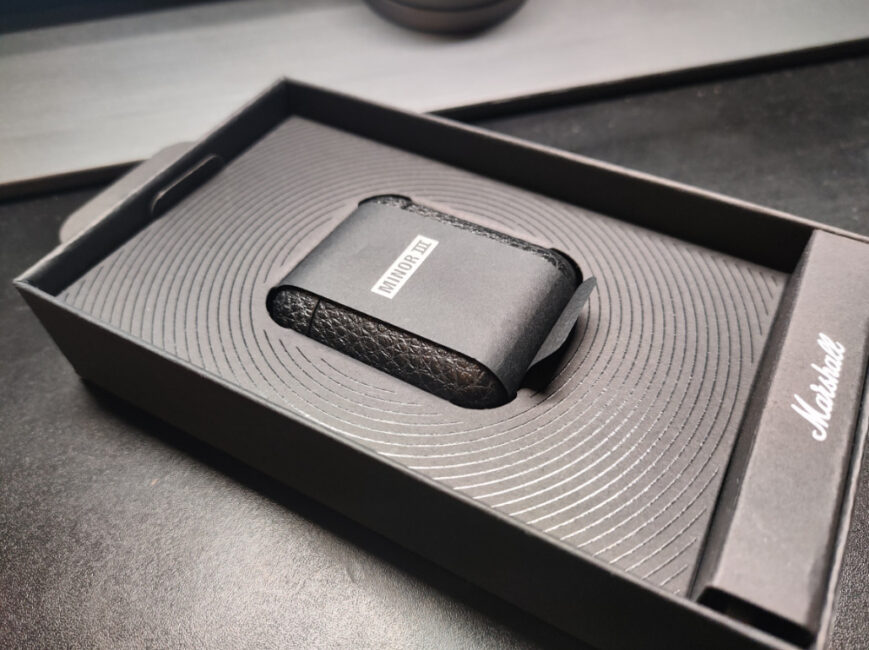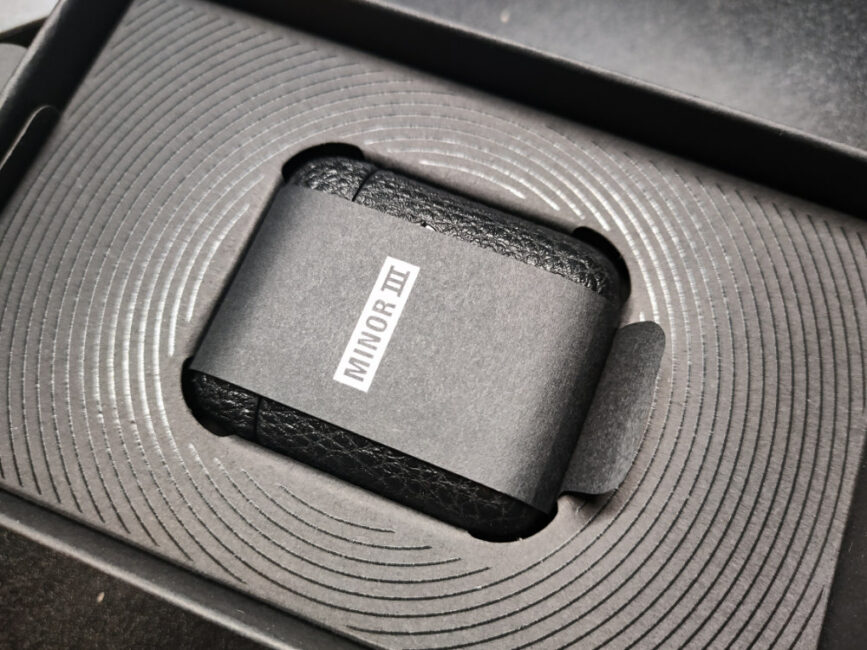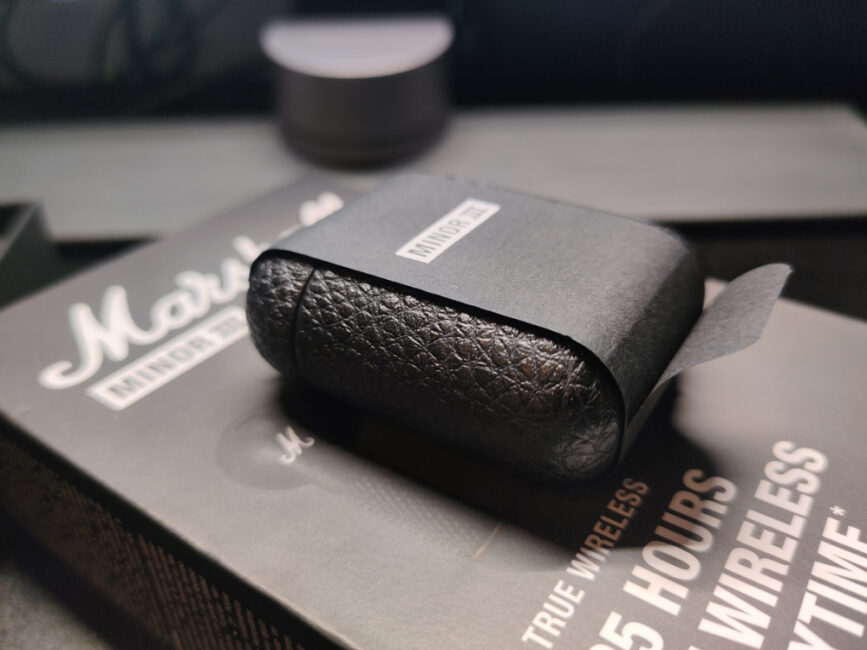© ROOT-NATION.com - Use of content is permitted with a backlink.
Marshall is a very interesting brand. On the one hand, it desperately clings to the past, continuing to flaunt the rock and roll style. On the other, it tries to keep up with high-tech competitors and produce both traditional full-size headphones and wireless buds in the spirit of AirPods. The Marshall Minor III promises to be a stylish — and affordable – alternative to Apple’s TWS, but where’s the catch? Lets figure it out.
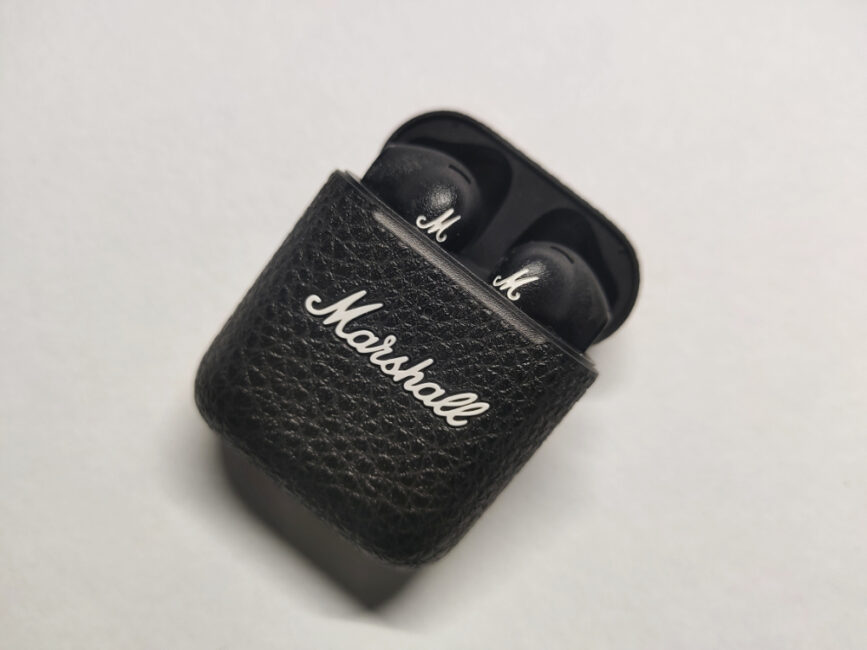
Positioning
Marshall is a stylish brand known for both good technology and above-average prices. In the case of Marshall Minor III, this is not quite true: the recommended market price of the model is $244, but already in many stores it drops to $162. A little more, and the buds will cost as much as their Chinese alternatives. But that’s where the brand and the unique design come in. Image is the key word. And this is how Marshall once again uses its design in order to attract the attention of potential buyers. Sure, the features and sound will always be more important, but no one can deny that good looks always make using a device much more pleasant.
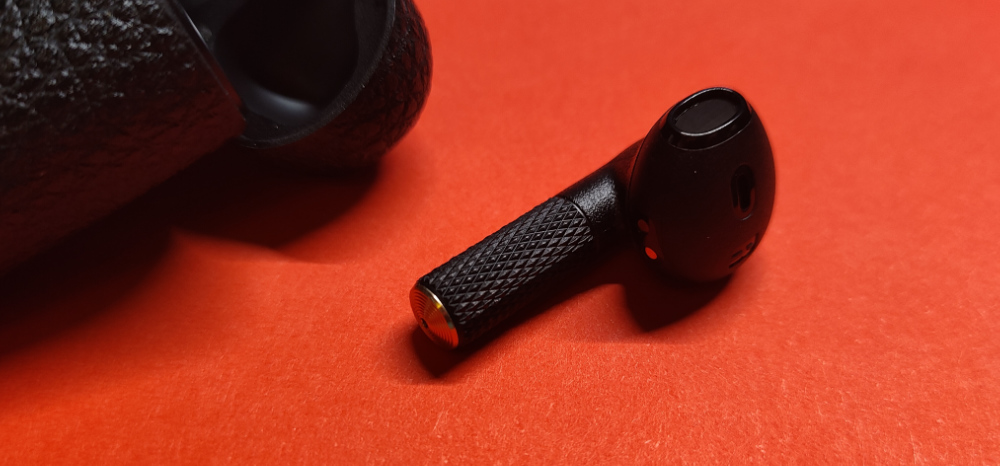
The price of the model is comparable to Samsung Galaxy Buds 2 and Beats Studio Buds, but noticeably cheaper than premium models like Sony WF-1000XM4.
By the way, in addition to the Minor III you can boy the new Motif A.N.C. model with active noise control and exactly the same price, but a different form factor.
What’s in the box
As always with the brand, the process of unpacking is very pleasant. The box is small and black (as usual), and inside, right in the middle, there are the buds in a case, neatly wrapped with a paper ribbon.
There’s also the USB-C charging cable and some documentation.
Read also: A4Tech Bloody M90 review: TWS earbuds for gaming
Appearance and layout
Let’s start with the most interesting thing — the design. I’ve tried a number of TWS, but none of the models I’ve tried looked like this. It is clear why – it is impossible to do something like this without becoming a plagiarist in the process.
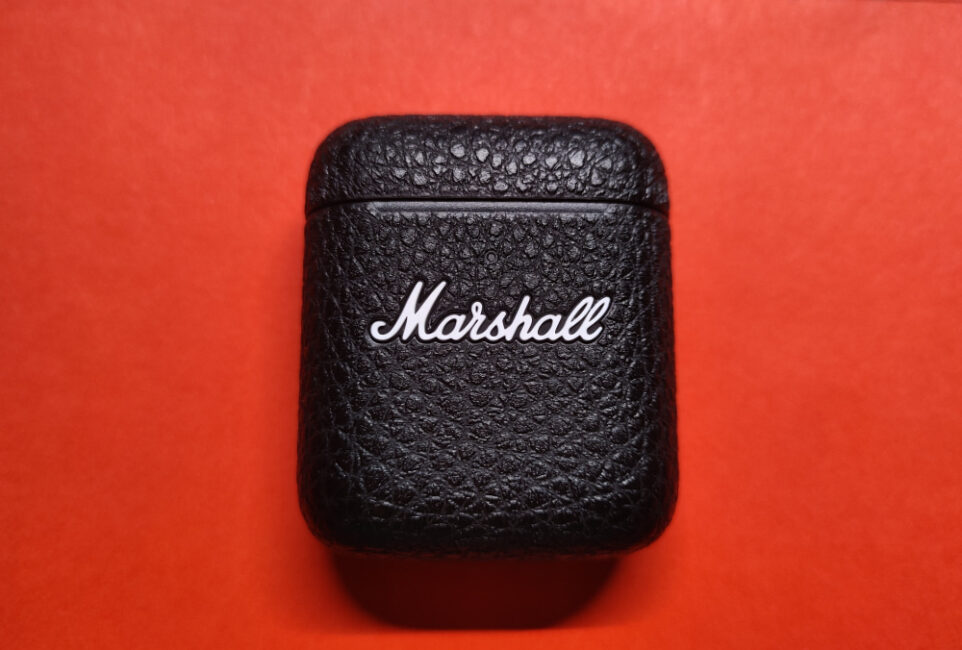
The case has a fake leather look, with a characteristic textured surface and a large Marshall logo. There is LED indicator above it, and on the bottom side you can find the pairing button and the Type-C connector for charging. The case, by the way, supports wireless charging, which is good news, and is also equipped with IPV4 protection.
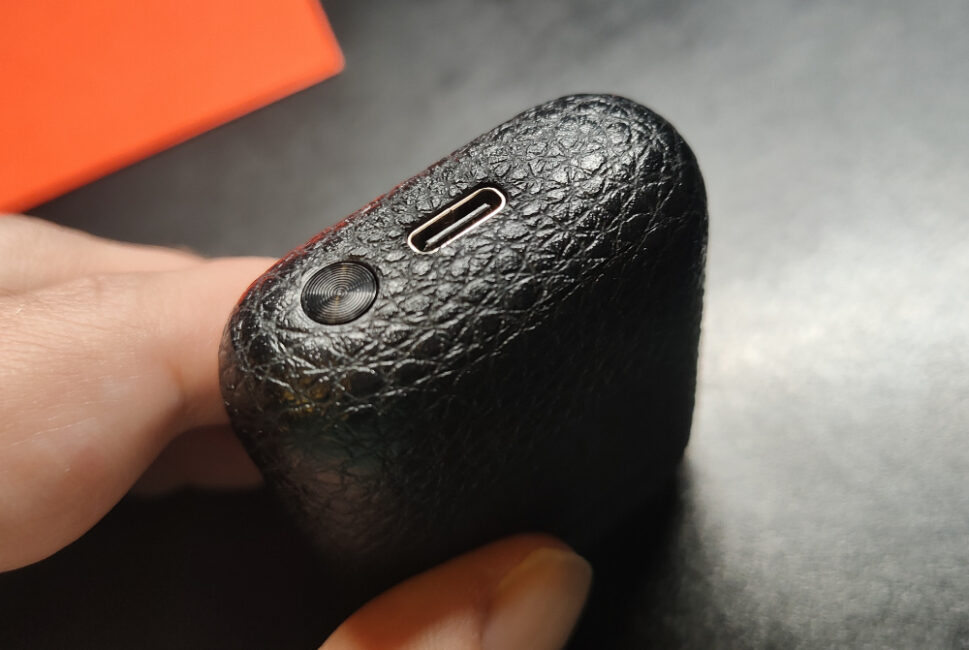
Read also: TWS OPPO Enco X Review: Almost Perfect + ANC
Opening the lid of the case with a light click, we find the headphones comfortably located in their niches. Everything is standard here: they sit tight thanks to the magnets in the case, but it’s not difficult to get them out. However, it is not very obvious what to put where — I made a mistake several times by putting them in the wrong place. You have to get used to it.
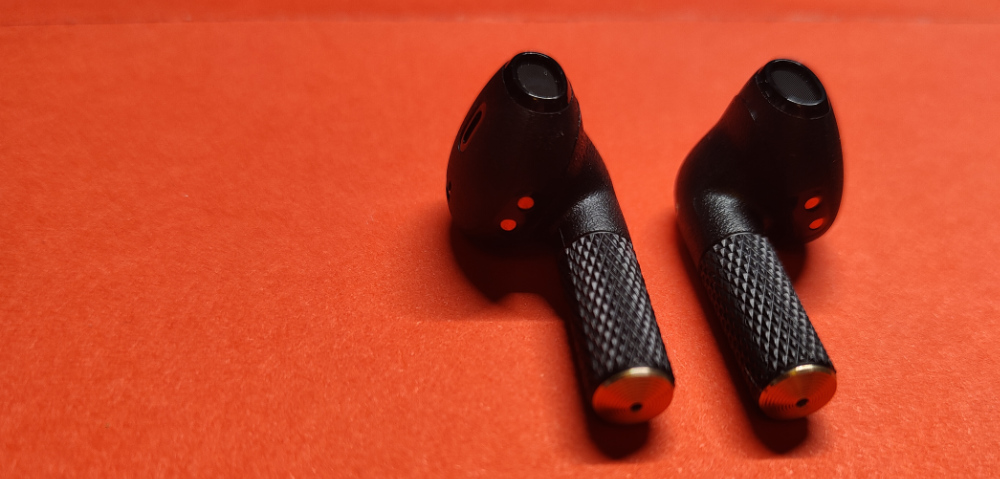
The headphones are plastic, with great build quality. The “legs” are rough, so it will not be difficult to grab them. The form factor here, you know, is copied from AirPods. If you like this type, fine. If not, take a closer look at Motif A.N.C.
If you look closely, the brand becomes very obvious — there’s a letter M on each of the buds, and a gold insert at the bottom. I like the design — it’s very rock and roll. Marshall knows its audience.
Read also: Marshall Major IV headphones review: Rock and roll doesn’t need wires
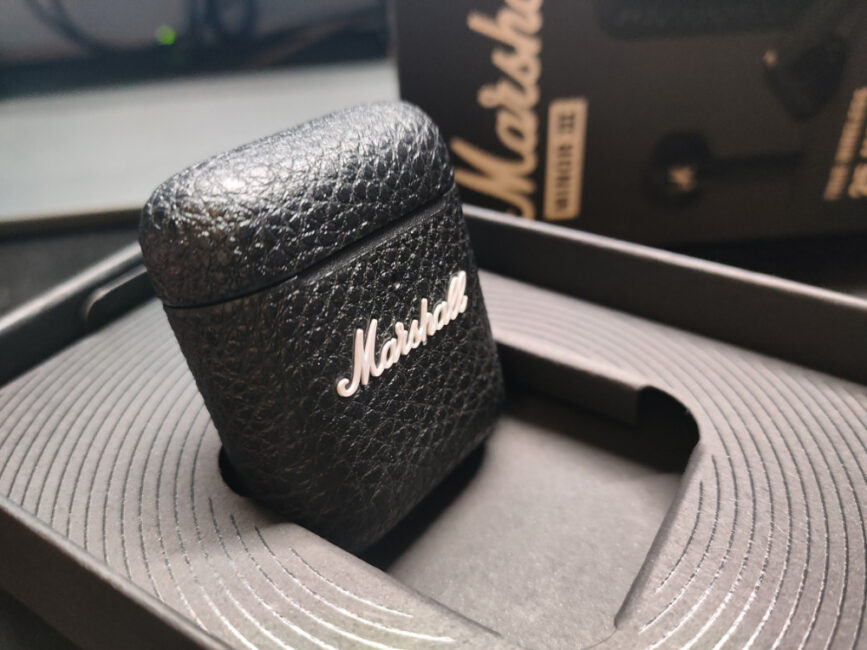
Usability and the broken app
It always seemed to me that the form factor with a “leg” has always been less ergonomic, and here, I think, few people will argue. The alternative allows you to use tips of different sizes, which much more practical. In addition, the plastic surface will never be as soft and pliable. The result is worse sound insulation. And there is no active noise control here either. I would say that in terms of convenience the model is far from perfect.
It’s very easy to start using Marshall Minor III — just open the case and your smartphone will immediately start pairing. Thanks to the support of Google Fast Pair, Android devices react faster, but the iPhone will immediately start asking to connect as well. This can also be done the old-fashioned way by pressing the button at the bottom of the case and waiting until the blue indicator starts flashing. Then the buds can be connected in the settings of your device.
It took me a long time to realize that the Marshall app is not supported at all. But why release a fresh pair of headphones without support? Nowadays literally any brand, whether it’s Sony with its expensive WF-1000XM4, or Edifier with models twice as cheap, adds application support. This is necessary not only for firmware updates, but also for such an important thing as an equalizer. But you get nothing here.
You can monitor the charging level of the headphones and the case in Android notifications. You can’t connect the earphones to two devices at the same time.
Read also: Huawei FreeBuds Lipstick review: More than just a new coat of paint
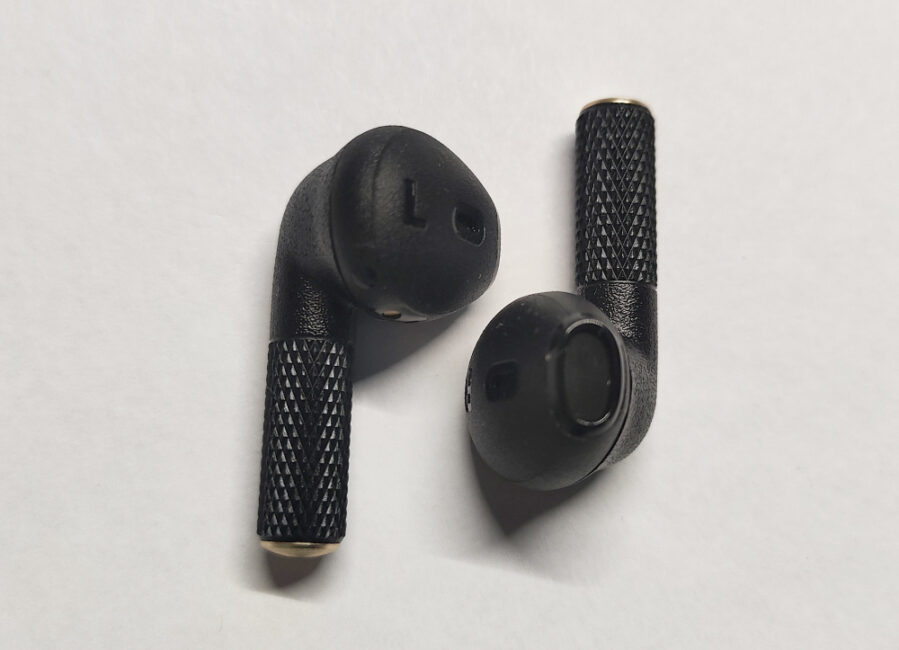
When it comes to controls, Marshall Minor III is as straightforward as possible. Both buds are equipped with a touch panel. One tap and the track will stop, or you can answer the call. Two taps and the track will skip forward. Three taps to skip backwards. And that seems to be it. There is no voice assistant. Why? That’s another question.
The controls work every other time, and I got used to swiping my finger along the body in the area of the letter “M” in order to switch the track or answer the call. The sensitivity is good, but the ability to adjust it would not hurt — for example, the Edifier GX07 allows it. But first you need an app…
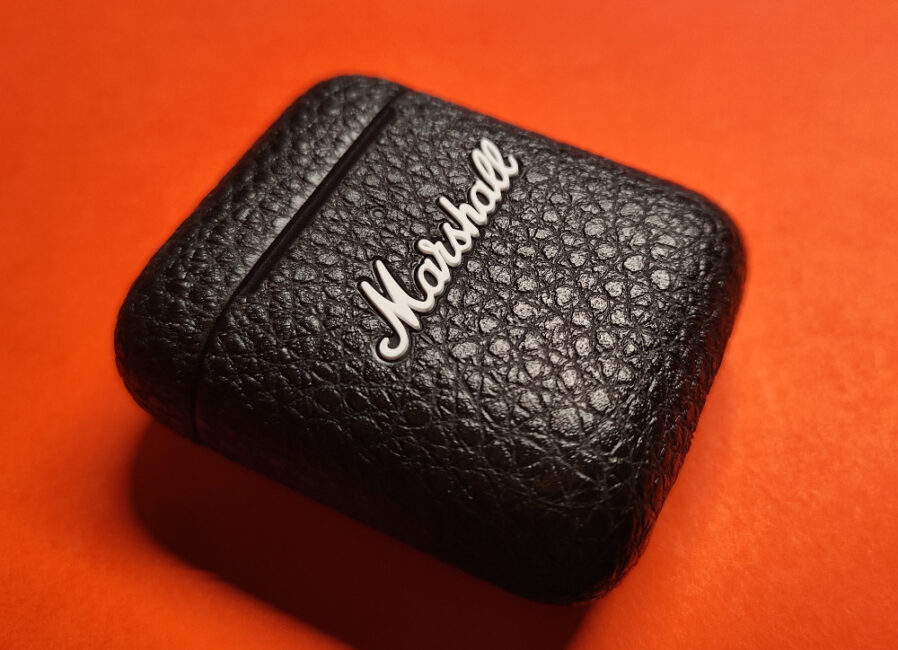
Sound quality
The Marshall Minor III boasts 12 mm drivers and support for aptX and SBC codecs. Bluetooth 5.2 is good. The lack of AAC is not. Very strange — this is one of the most common codecs nowadays, used by every iPhone. I sincerely can’t understand what prevented Marshall from adding it. Apple users will have to settle for SBC. Not great at all.
Anyway, with a smartphone with aptX support, the sound is very good. The vocals are clean, and the stage is as wide as you can expect. The headphones are clearly striving for a more balanced sound without too much emphasis on the lower frequencies, although they are there, and the Knife Party tracks sound very powerful.

Thanks to this balance, the bass does not eat up other frequencies, as a result of which the music turns out to be more expressive. In general, I liked the sound, but a lot depends on the fit. And if for some reason such a form factor does not suit you, then the sound will be noticeably drier. But this is a feature of this form factor.
In headset mode, miracles should not be expected, but there is not much to complain about. The interlocutor will hear you, but will immediately understand that you are talking through the headset.
Battery life
On average, the earphones will last up to five hours on a single charge. This is an average figure comparable to AirPods, so there’s not much to brag about. The case will help extend the autonomy up to 25 hours, which is not bad. I am also glad that wireless charging is supported.

Verdict
As usual, Marshall focuses on brand strength and design. Is it good? It’s hard to say. On the one hand, I like how it looks, but on the other, the earbuds seem a little unpolished to me, with some annoying omissions. The lack of AAC support and a proprietary app, as well as the stripped-down controls, are a minus, but I liked the sound and the overall feel of the Minor III. As well as the price, which is now very acceptable, but you need to decide in advance what is more important to you — functionality, where the Chinese brands like Edifier are ahead, or the rock and roll charm of Marshall.
Where to buy
Read also:
- Huawei FreeBuds Lipstick review: More than just a new coat of paint
- Redmi Buds 3 Pro review: advanced TWS for a good price
Subscribe to our accounts:


